Avocados are packed with nutrients and healthy fats, making them one of the most popular superfoods today.
However, many people unknowingly make common mistakes when buying, storing, or preparing avocados. To get the most out of this delicious fruit, here are 13 mistakes you should never make when eating avocado:
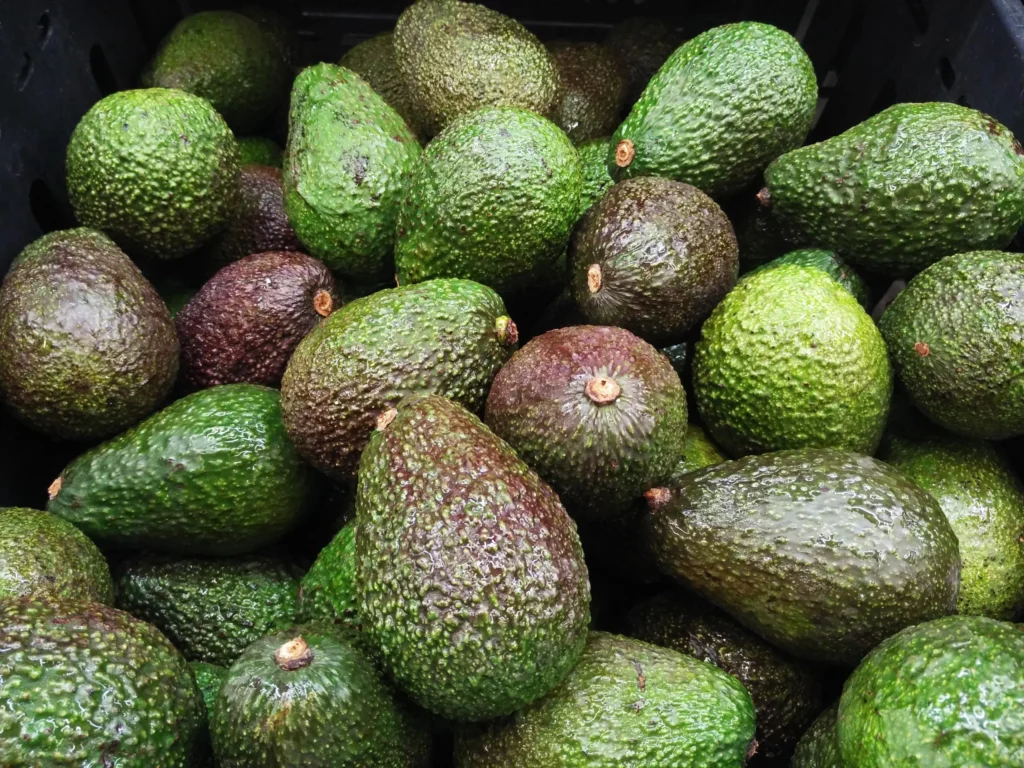
1. Throwing Away the Seed
Many people toss out the avocado seed without realizing it contains beneficial nutrients. The seed is rich in fiber and antioxidants and can be dried, powdered, and added to smoothies for an extra health boost.
Avoid this mistake: Save the seed, dry it, and blend it into powder for smoothies or sprinkle on salads.
2. Eating an Unripe Avocado
Unripe avocados are firm, flavorless, and difficult to work with. Eating them too early means missing out on their creamy texture and full nutritional benefits.
Avoid this mistake: Wait until the avocado is slightly soft when pressed gently before eating. Store unripe avocados at room temperature to ripen faster.
3. Waiting Too Long to Eat a Ripe Avocado
Avocados can over-ripen quickly, turning brown and mushy. Once they’re ripe, they have a short shelf life.
Avoid this mistake: Check avocados daily for ripeness. Once ripe, store them in the refrigerator to slow down the process.
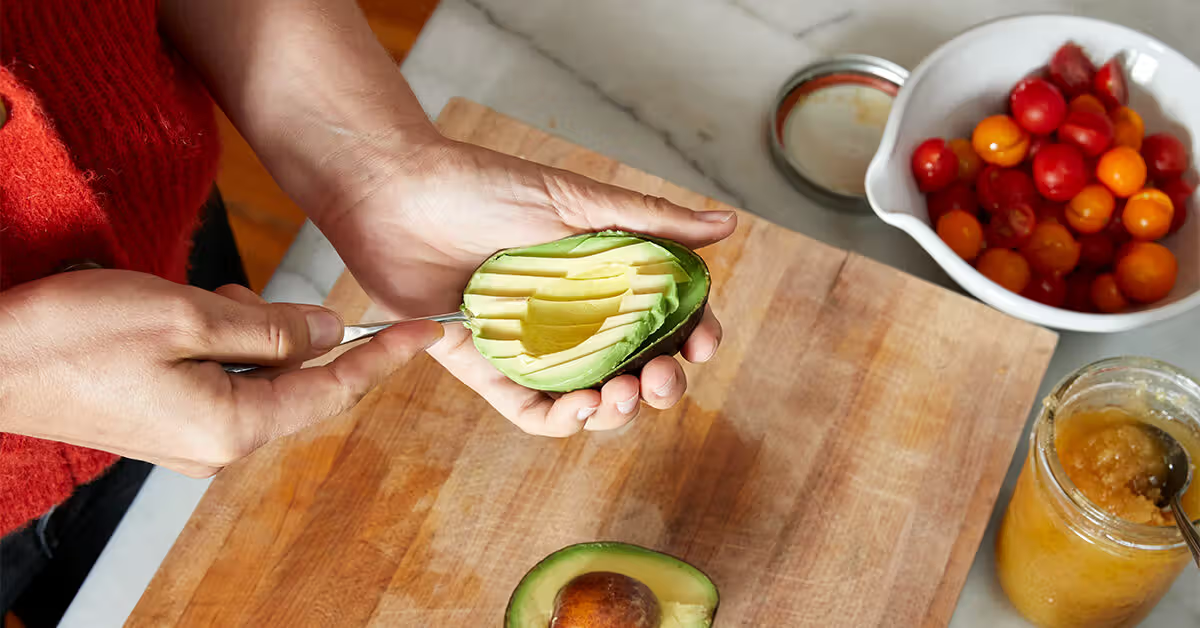
4. Using a Knife Incorrectly
Cutting an avocado can be tricky, and many people risk injury by using poor cutting techniques or stabbing the seed.
Avoid this mistake: Use a sharp knife and cut around the seed lengthwise. Gently twist the halves apart and use a spoon to remove the seed safely.
5. Discarding the Dark Green Flesh
The dark green flesh just beneath the skin is the most nutrient-dense part of the avocado, rich in vitamins, antioxidants, and healthy fats.
Avoid this mistake: Scoop out the entire flesh as close to the skin as possible to maximize nutritional benefits.
6. Not Storing Leftovers Properly
When exposed to air, avocados can turn brown due to oxidation. Many people throw away avocado halves once they’ve turned brown, even though they’re still safe to eat.
Avoid this mistake: Store cut avocados in an airtight container or wrap them tightly in plastic wrap. A squeeze of lemon or lime juice can help prevent browning.
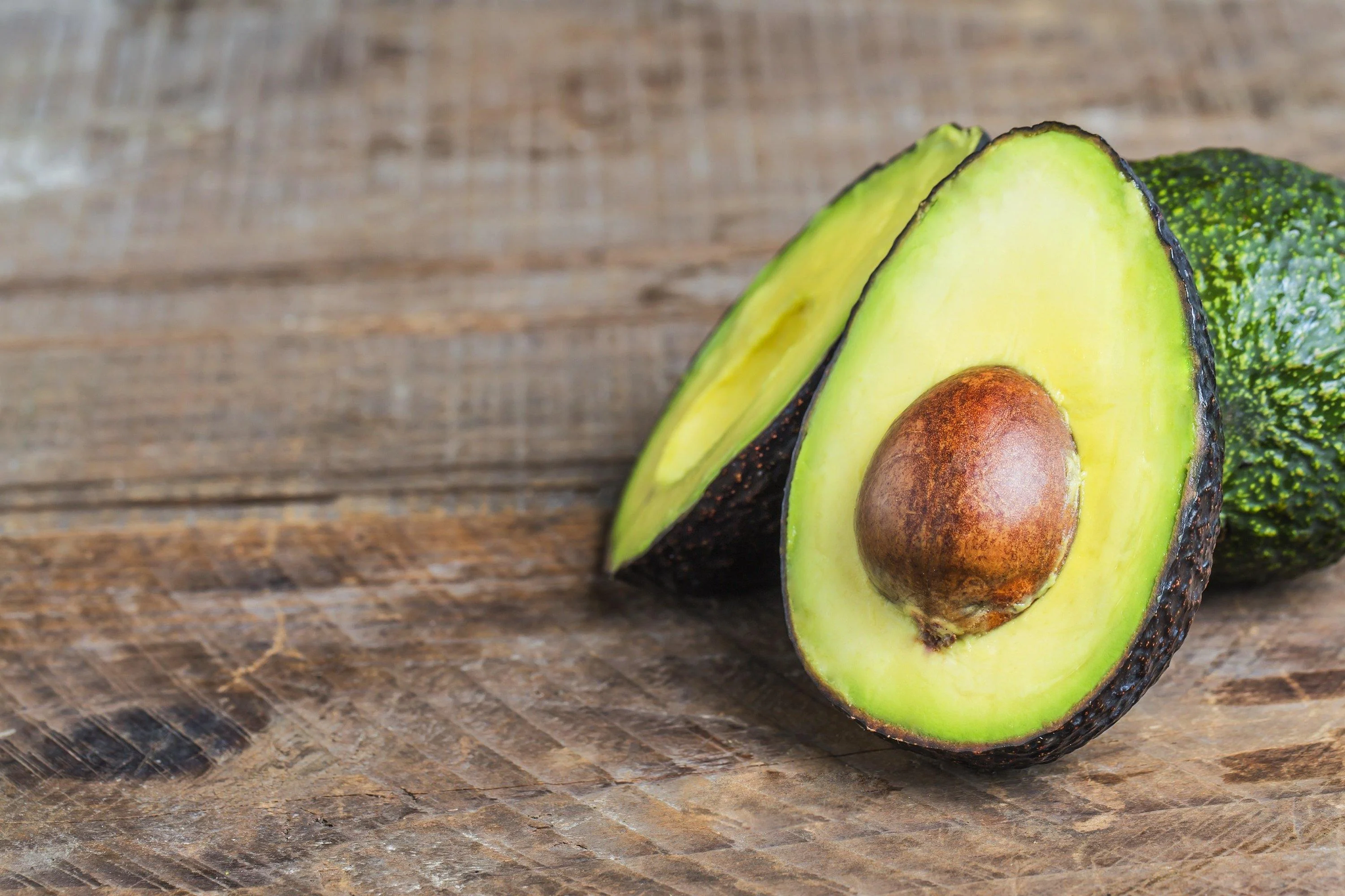
7. Eating Too Much in One Sitting
While avocados are healthy, they are high in calories and fats. Overeating can lead to an excessive calorie intake.
Avoid this mistake: Stick to one-half of an avocado as a serving size, especially if you’re watching your calorie intake.
8. Ignoring Portion Sizes in Recipes
Some recipes, especially for avocado-based dishes like guacamole, may not account for how rich in calories and fats avocados are.
Avoid this mistake: Be mindful of portion sizes when incorporating avocados into your meals, especially in calorie-heavy dishes like dips and salads.
9. Thinking All Avocados Are the Same
Not all avocados are equal. There are different varieties, like Hass avocados, which are creamier and more flavorful, and Florida avocados, which are larger but less creamy and contain more water.
Avoid this mistake: Choose the right avocado variety based on your dish. For creamy textures, go for Hass avocados; for lower fat and a milder taste, try Florida avocados.
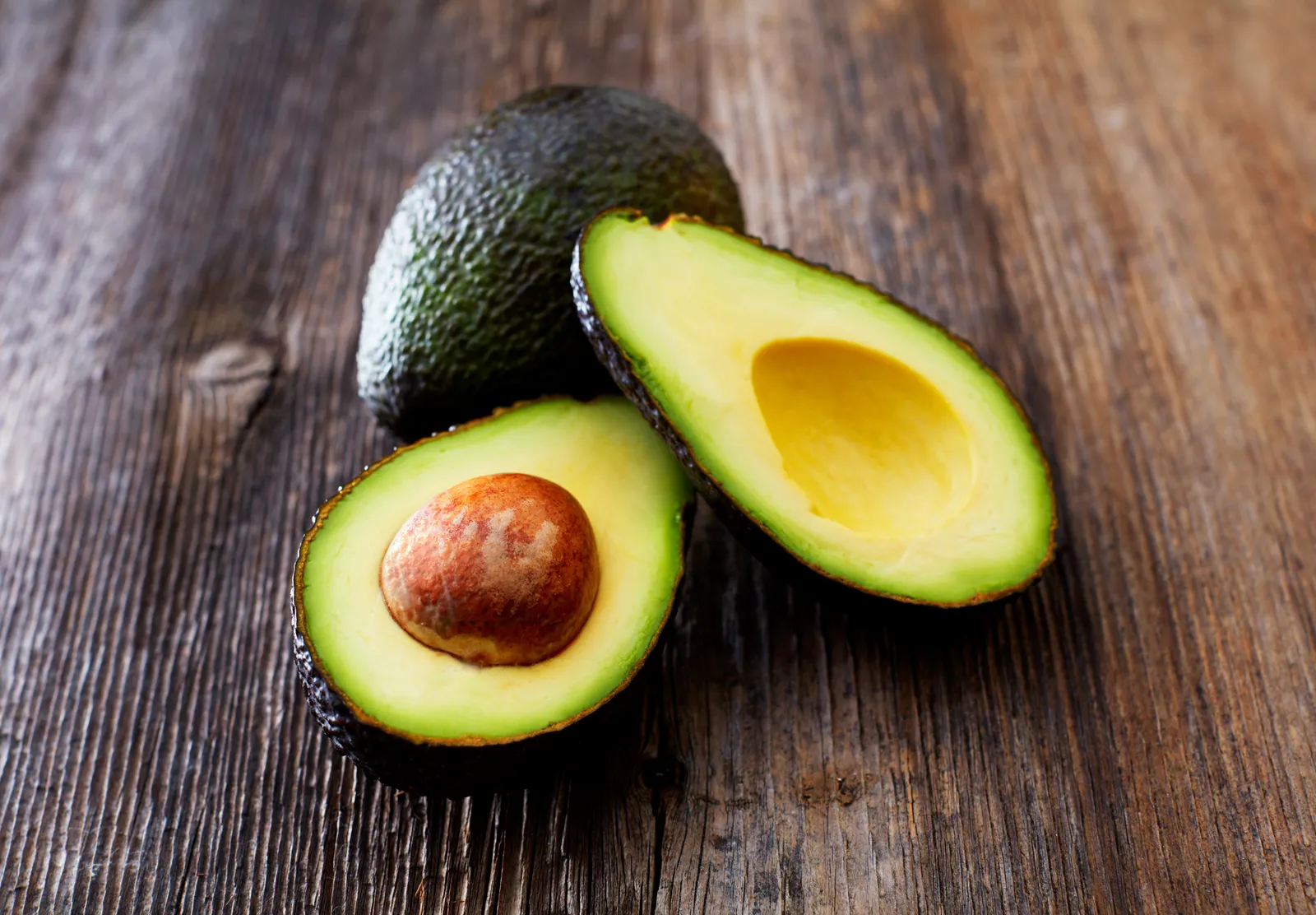
10. Forgetting About the Skin’s Use
While the peel of an avocado is not typically eaten, it still has some beneficial uses, such as moisturizing your skin or using it as a natural fertilizer for plants.
Avoid this mistake: Repurpose the avocado peel by rubbing the inside on your skin as a natural moisturizer or composting it for your garden.
11. Adding Too Much Salt
Avocados are naturally creamy and flavorful, but many people tend to add too much salt, especially in guacamole, which can negate some of the health benefits.
Avoid this mistake: Limit the amount of salt you add, and consider using herbs or spices like garlic or cilantro to enhance the flavor without overloading on sodium.
12. Cooking Avocados at High Heat
Avocados can become bitter when cooked at high temperatures, and heating them too much can destroy some of their beneficial nutrients, like vitamins and antioxidants.
Avoid this mistake: If you must cook avocado, use low to medium heat, or add it at the end of cooking to retain its nutritional benefits and creamy texture.
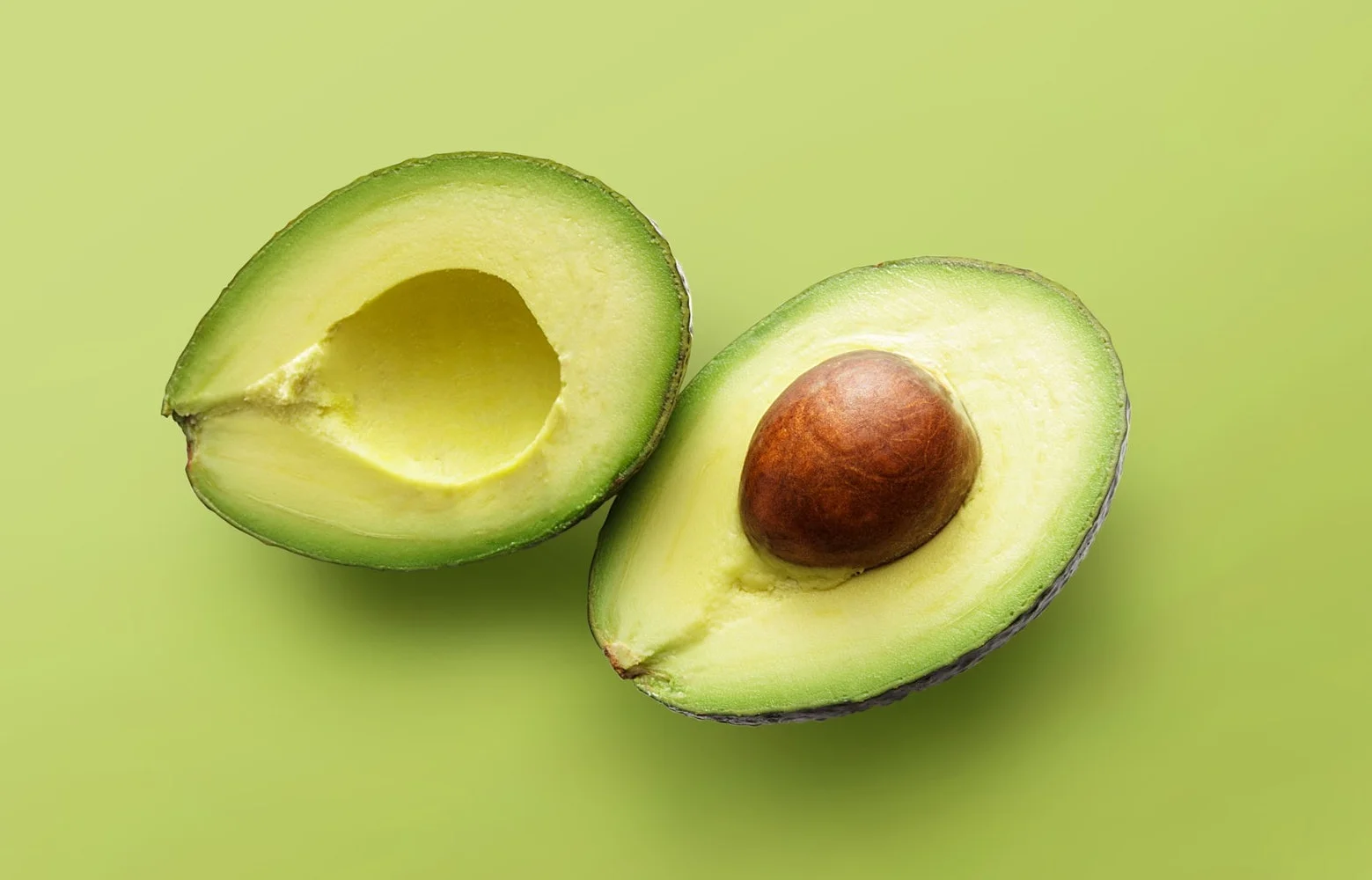
13. Not Pairing Avocados with the Right Foods
Avocados are rich in healthy fats that help your body absorb fat-soluble vitamins (A, D, E, and K) from other foods. However, some people don’t take advantage of this by pairing avocados with nutrient-rich foods.
Avoid this mistake: Pair avocados with vegetables like carrots, spinach, and tomatoes to maximize nutrient absorption.
Conclusion: Get the Most Out of Your Avocado
By avoiding these common mistakes, you can fully enjoy the delicious flavor and numerous health benefits that avocados offer. Whether you’re using them in salads, smoothies, or spreads, remember to make the most of every part of this superfruit!

